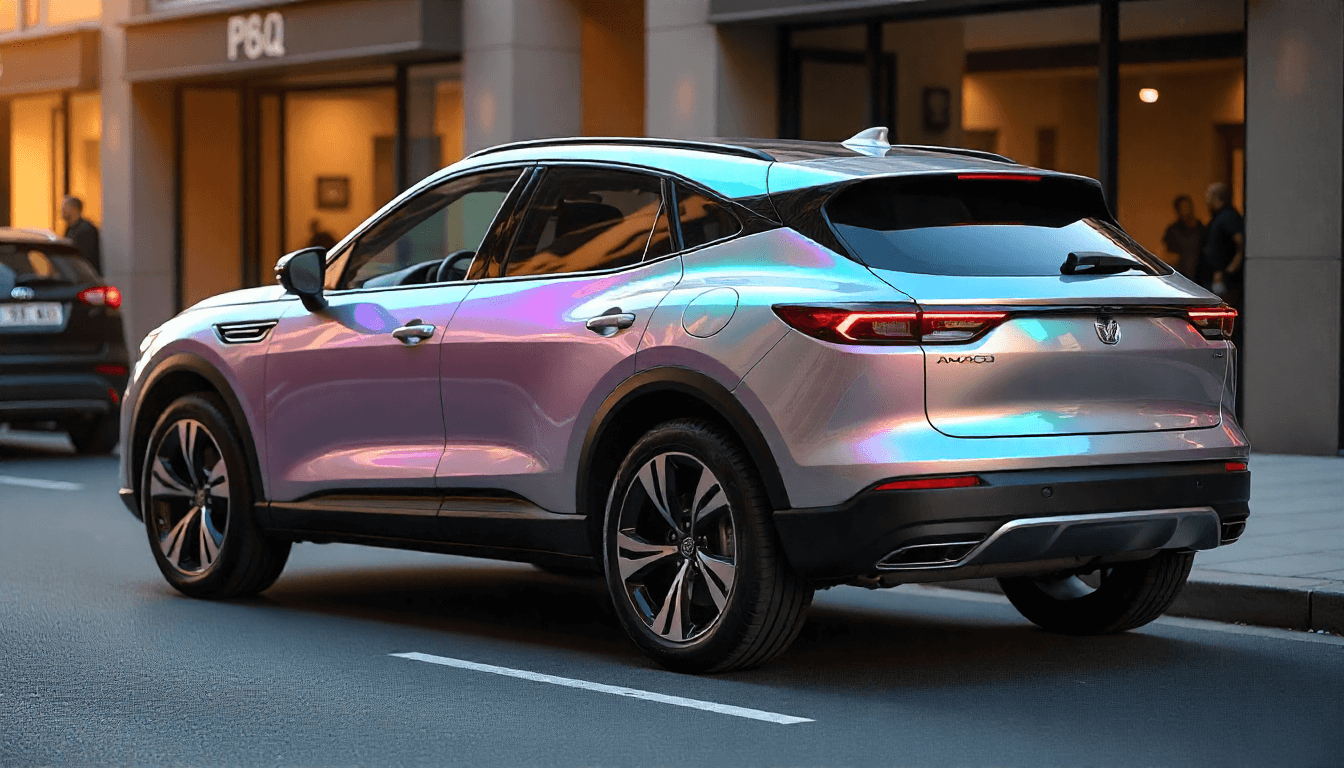Crossovers have become one of the most popular vehicle types in the world due to their versatility and practicality. They combine the comfort of a passenger car, increased ground clearance and roominess, making them an attractive choice for a wide variety of drivers. However, like any major purchase, buying a new crossover has its own advantages and disadvantagesthat are important to consider before making a final decision.
The pros of buying a new crossover
1. Reliability and guarantee
Buying a new car is a guarantee that you get a car in perfect condition, without hidden defects and traces of use. All units and assemblies are new, and the manufacturer provides a official guaranteewhich covers most possible breakdowns for several years. This saves you the headache of troubleshooting.
2. Modern technologies and security systems
The new crossovers are equipped with the latest in automotive technology. This includes not only multimedia systems, but also advanced driver assistance systems (ADAS), such as adaptive cruise control, lane keeping, automatic emergency braking and surround-view cameras. These technologies significantly enhance driving safety and comfort.
3. Comfort and practicality
Increased ground clearance (ground clearance) allows you to drive over kerbs, potholes and light off-road terrain without any problems. The high seating position provides a better view of the road. The spacious interior and large boot make the crossover ideal for family trips and transporting bulky luggage.
4. Ease of operation
In the first few years of ownership, a new car requires no major investments other than routine maintenance. You don't have to worry about the condition of the engine, gearbox or suspension, which saves time and nerves.
The cons of buying a new crossover
1. High cost
The main drawback is, of course, price. A new crossover costs considerably more than a used analogue. In addition to the cost of the car itself, you will also have to pay additional costs such as registration, taxes and KASKO insurance, which is usually more expensive for new cars.
2. rapid loss of value (devaluation)
As soon as a new car is driven outside the dealership, it instantly loses value. In the first two to three years, a car can lose between 15% and 30% of its original value, which is a significant financial disadvantage if you plan to sell it in the near future.
3. Expensive maintenance
Official dealer service, which is mandatory to keep your warranty intact, often comes at a cost dearerThe cost of spare parts and labour hours for new models is also higher. The cost of spare parts and labour hours for new models is also higher.
4. Increased fuel consumption
Crossovers tend to be heavier and have a higher coefficient of aerodynamic drag compared to sedans or hatchbacks. This results in higher fuel consumptionwhich is a recurring expense.
Conclusion
Buying a new crossover is a choice in favour of a comfort, safety and reliability. You get a modern car with a full range of features and manufacturer protection. However, you have to pay a high price for these benefits, as well as put up with rapid loss of value and increased fuel and maintenance costs.
Before you make a decision, weigh everything carefully pros and consBased on your budget, lifestyle and needs. Perhaps freshness and assurance are more important to you, while for some it's economic benefits.

 The pros and cons of buying a new crossover vehicle">
The pros and cons of buying a new crossover vehicle">
